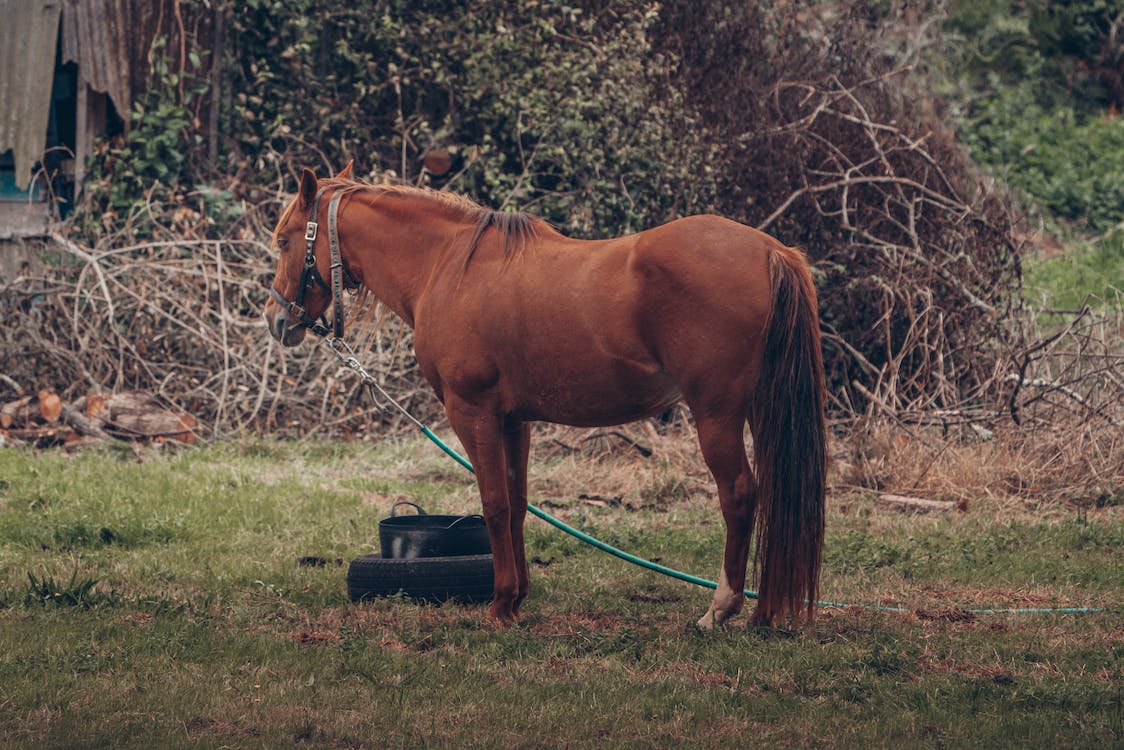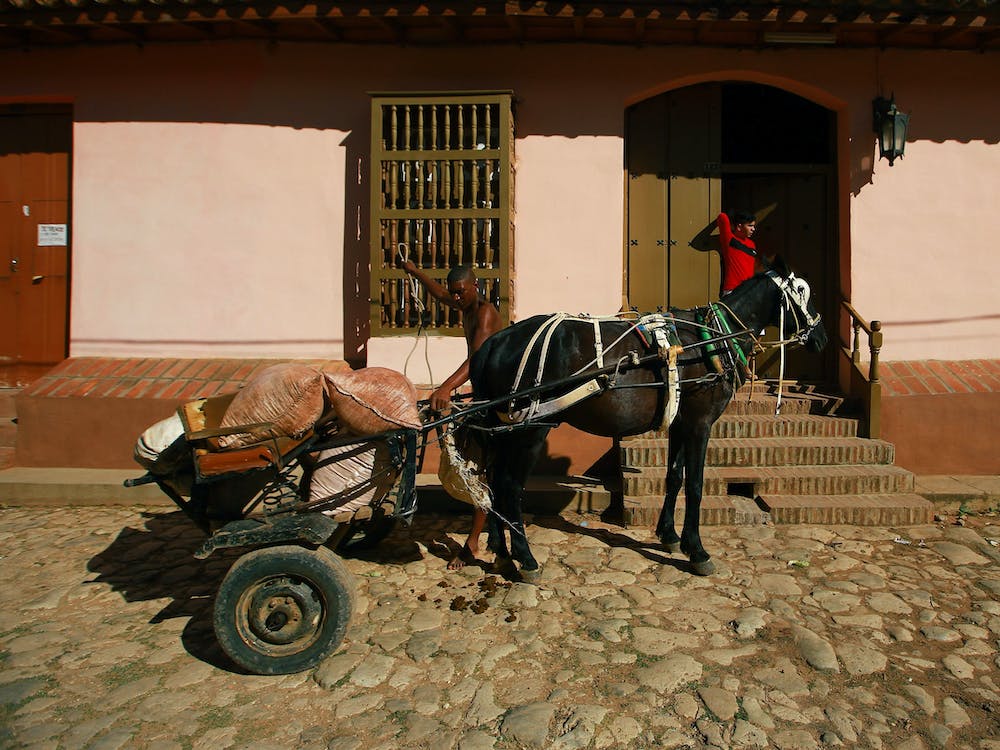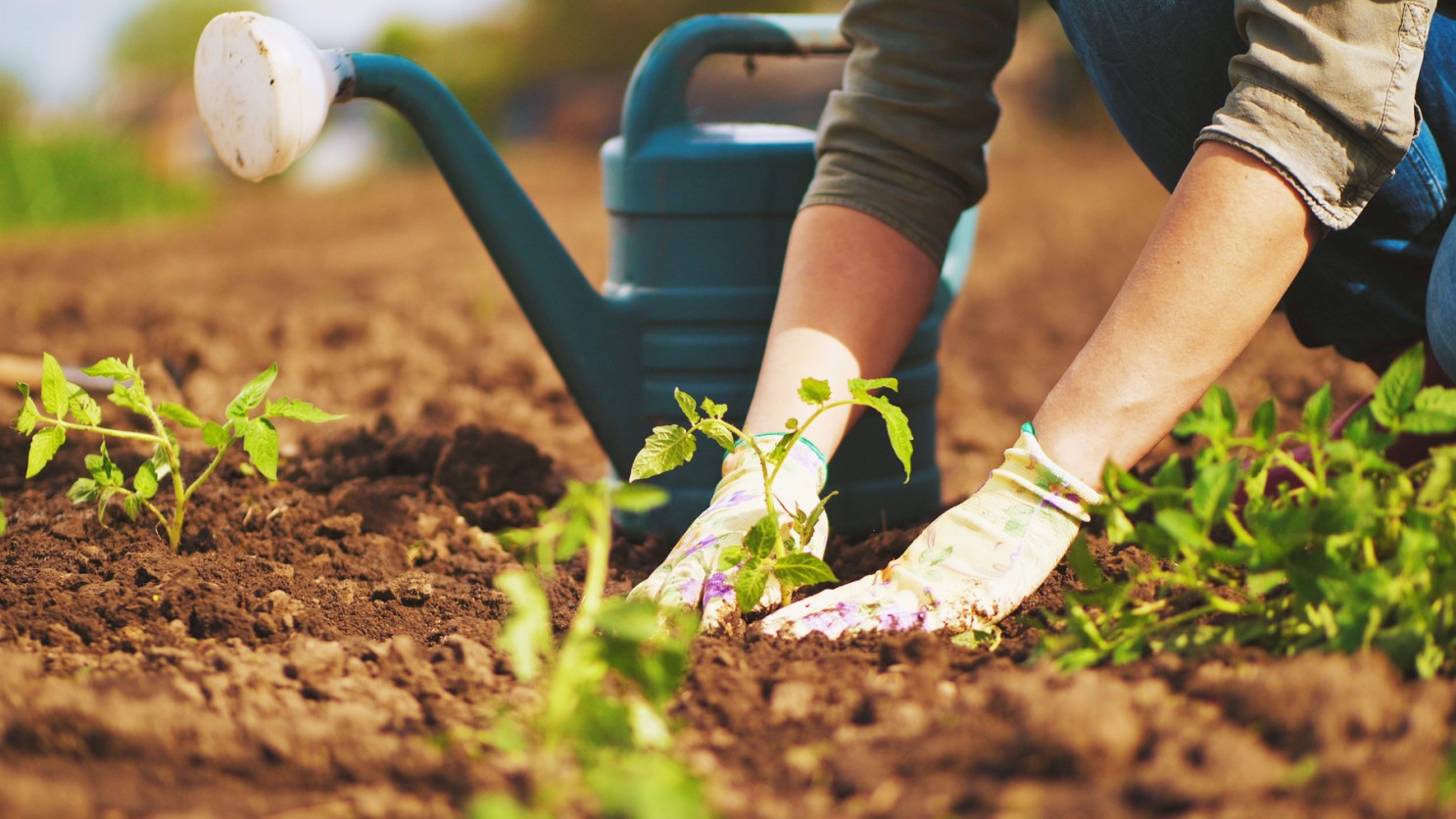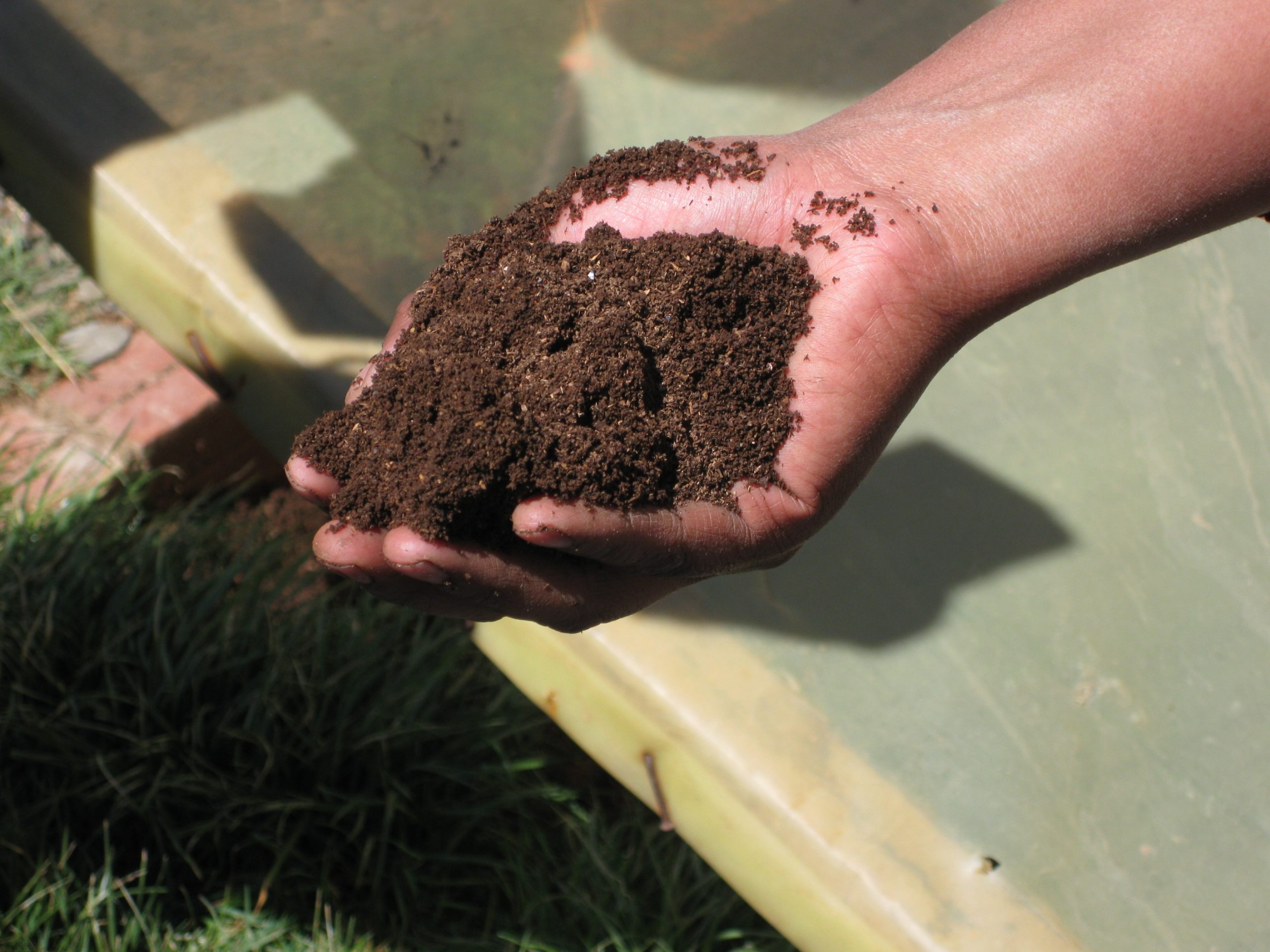How to Use Horse Manure
Summary
Focus on the properties of horse manure
Step 1: Obtain horse manure
Step 2: Use fresh horse manure
Step 3: Compost horse manure
Step 4: Use composted horse manure
Manure is a mixture of animal waste and used bedding, usually straw. Like compost, manure is both a soil conditioner and a fertilizer. Richer in straw than other manures (poultry, sheep, cattle), horse manure is particularly interesting for amending heavy soils.
Fresh horse manure is available, which generally needs to be composted before use, or bags of composted manure can be purchased at garden centers.
This fact sheet explains how to use horse manure, composted or fresh.
Focus on the properties of horse manure
Horse manure has many properties:
– Thanks to its straw-rich texture, which will turn into humus over time, horse manure is interesting for aerating and amending heavy clay soils and giving body to sandy soils.
– Rich in potassium and nitrogen, horse manure releases its nutrients slowly into the soil, making it an excellent fertilizer.
– As it decomposes, horse manure rises very high in temperature and produces heat to create “hot layers” for early crops.
1. Obtain horse manure
To obtain horse manure:
– Contact an equestrian center, which will give you free manure.
– Look in the classified ads (local newspapers, internet) for free or buy some.
– Buy bags of already composted manure at a garden center.
2. Use fresh horse manure

The uses of fresh horse manure are limited:
– Use it in the fall, exclusively on parts of the garden free of crops: spread fresh (or half-ripe) manure in a thick layer (10 cm). Scratch lightly to incorporate it into the soil.
Use fresh horse manure to make “warm layers” under the frame.
3. Compost horse manure
Fresh or too-young manure contains pathogens and a high percentage of ammonia that can burn crops and weed seeds. In addition, the decomposition process uses a lot of nitrogen, which could be detrimental to plants (“nitrogen starvation”) if insufficiently decomposed manure is used.
For these reasons, compost horse manure.
– Pile it in one or more moderate-sized piles.
– Water it with a bit of water if it is too dry.
– Turn the piles several times during the decomposition process: at least twice, at 6-week intervals.
Tip: if you can, add green waste (garden, kitchen) to your composting manure; this will give it a better balanced fertilizing power by bringing phosphorus, which it naturally contains in small quantities.
– Let the manure decompose for at least 3 months and up to a year.
Alternatively, instead of composting, place the manure in a pile on a bed of branches, cover it with straw and let it sit for a minimum of 6 months without handling.
4. Use composted horse manure
Once composted, use the horse manure like regular compost, for example:
– In February-March, fertilize the vegetable and ornamental garden by incorporating mature manure by scratching into the top 5-10 centimetres of soil.
– In late spring, when the plants are well developed, mulch with ripe manure is the base of particularly greedy plants such as tomatoes, melons, cucumbers and squash.
– When planting a tree or shrub, mix about 20% of mature manure into the soil used to fill the planting hole.
– In the fall or early spring, fertilize the lawn with a surface application of mature manure (about 2 kg per square metre).
– When preparing a new lawn, incorporate mature manure before seeding grass (10 kg per square metre).
Tip: For these various uses, you can also use ready-to-use dehydrated horse manure, available at garden centers.





